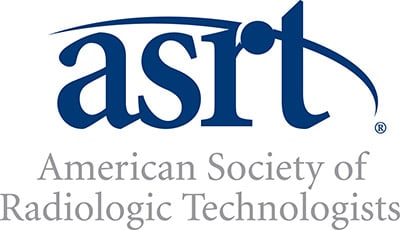Pediatric Radiology AI Resources
Learn more about what we’re doing to ensure safe and effective AI for pediatric care.
Artificial intelligence (AI) in medical imaging is rapidly growing to advance healthcare in adults but is less developed in the pediatric population. AI algorithms trained on adults often cannot be applied to children due to differences in body size, growth, disease types, disorder manifestations, imaging bioeffects and socioeconomic factors.
Pediatric needs are often overlooked in AI development, testing and deployment, making many applications ineffective or harmful for children. To address this, the ACR® Informatics Commission's Pediatric AI Working Group has launched the Image IntelliGently™ campaign to promote safe, high-quality AI for pediatric care.
Image IntelliGently endorses the following statements to ensure pediatric patient access and safety in medical imaging AI:
- AI used in pediatric patients should be designed for and shown to work in pediatric patients.
- Healthcare systems that care for both adults and children should consider an AI algorithm’s impact on pediatric patients before the AI is used only in adults.
- Regulatory changes are needed to ensure pediatric patient safety. Specifically, visible standard verbiage for all FDA-labeled medical devices to include the age of subjects for which the devices were tested, the age group in whom the devices are applicable and a warning when a device has not been cleared for pediatric use.
- Collaboration between pediatric radiologists, data scientists, vendors and regulatory bodies is needed to promote the development of safe, clinically useful AI for pediatric patients.
Advocacy Efforts
Regulatory and legislative stakeholder engagement is key to ensuring the medical community continues to Image IntelliGently.
- FDA AI Transparency | ACR Comments
- HFTF Treatments | ACR and SPR Comments
- Triage Algorithms for Medical Imaging Pose a Safety Risk to Children
Get Involved
If you’re using AI in pediatric patients, we want to hear from you.









